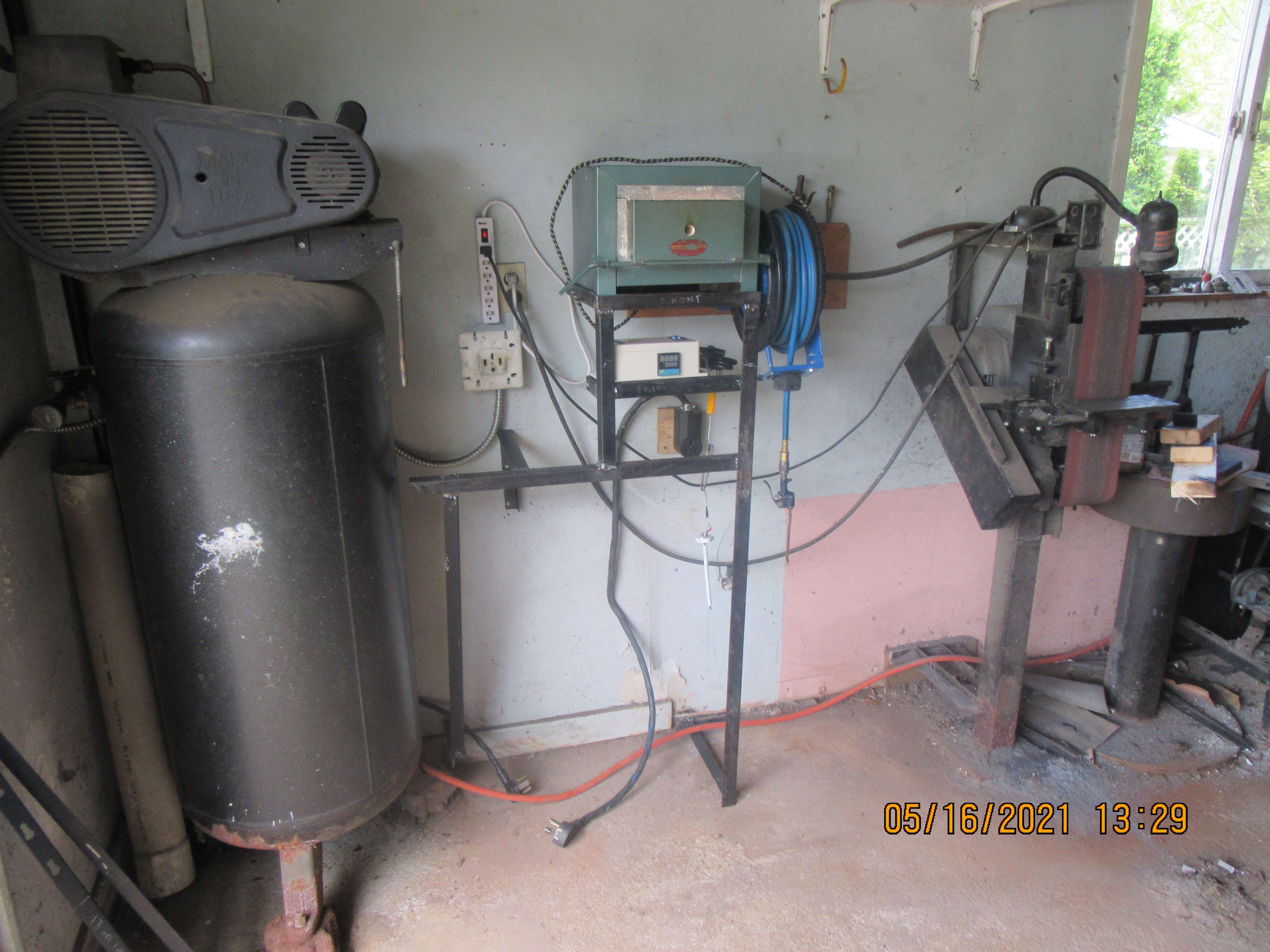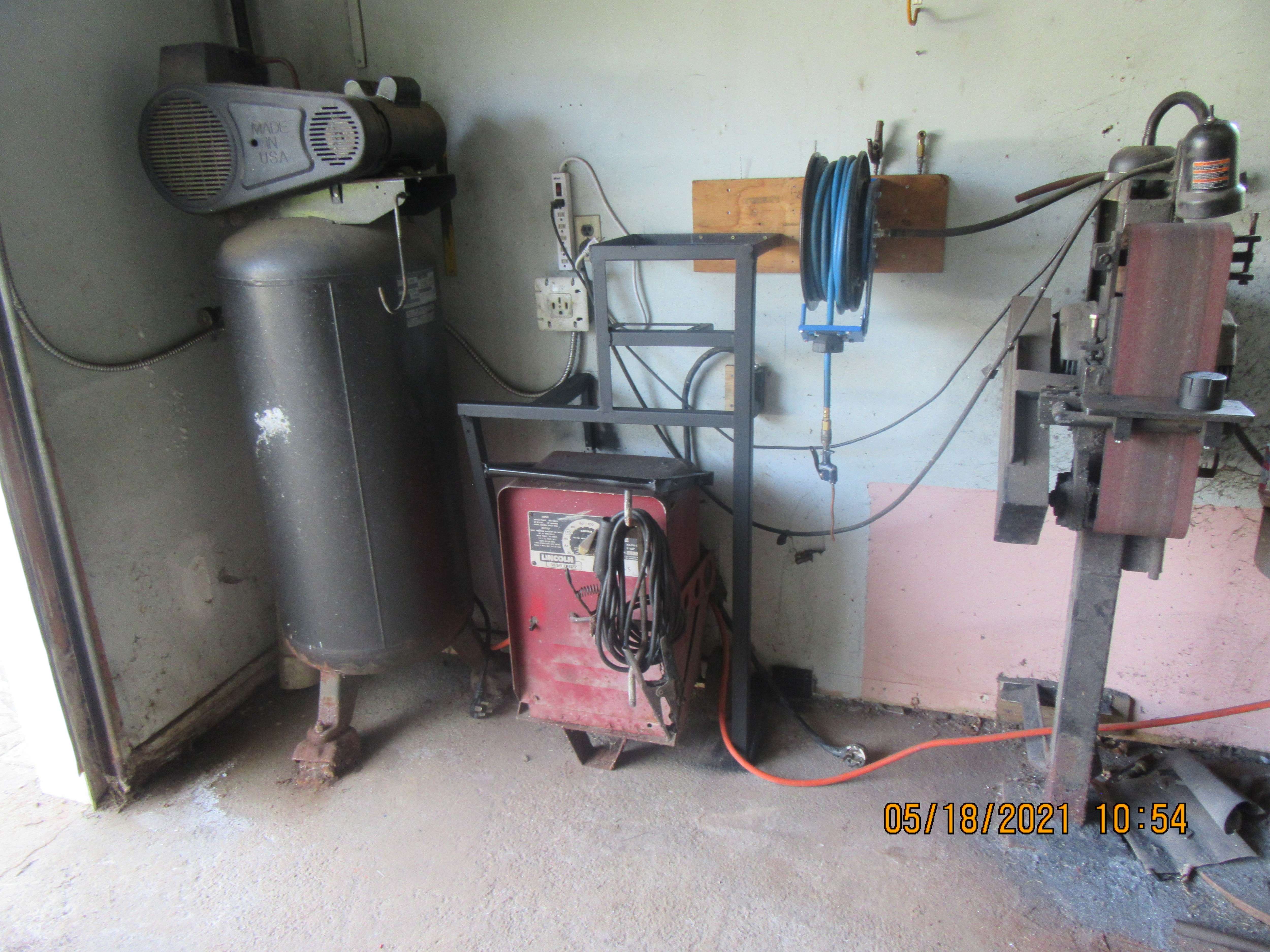The frame is completely fitted and tack welded, and the oven and control are in place for test fit. The old red stick welder fits right in where it always sat, but I have it removed right now because I had to get down where it was to put some woodscrews into the framing on that wall. I'm going to move that air hose reel about three inches to the right, and all the stuff that was hanging on that wall is going to hang on a different wall. I'm quite happy with this. I will now put the oven and controller back in the house, take down the frame, and finish welding all the joints.
















































![DreamPlan Home Design and Landscaping Software Free for Windows [PC Download]](https://m.media-amazon.com/images/I/51kvZH2dVLL._SL500_.jpg)




